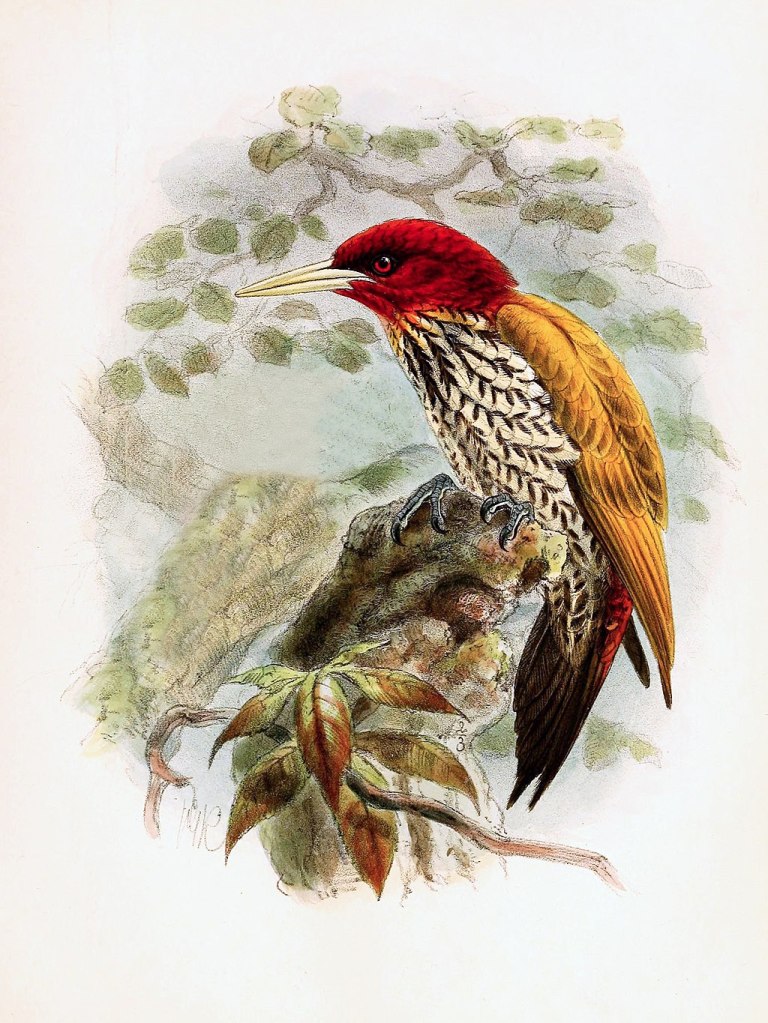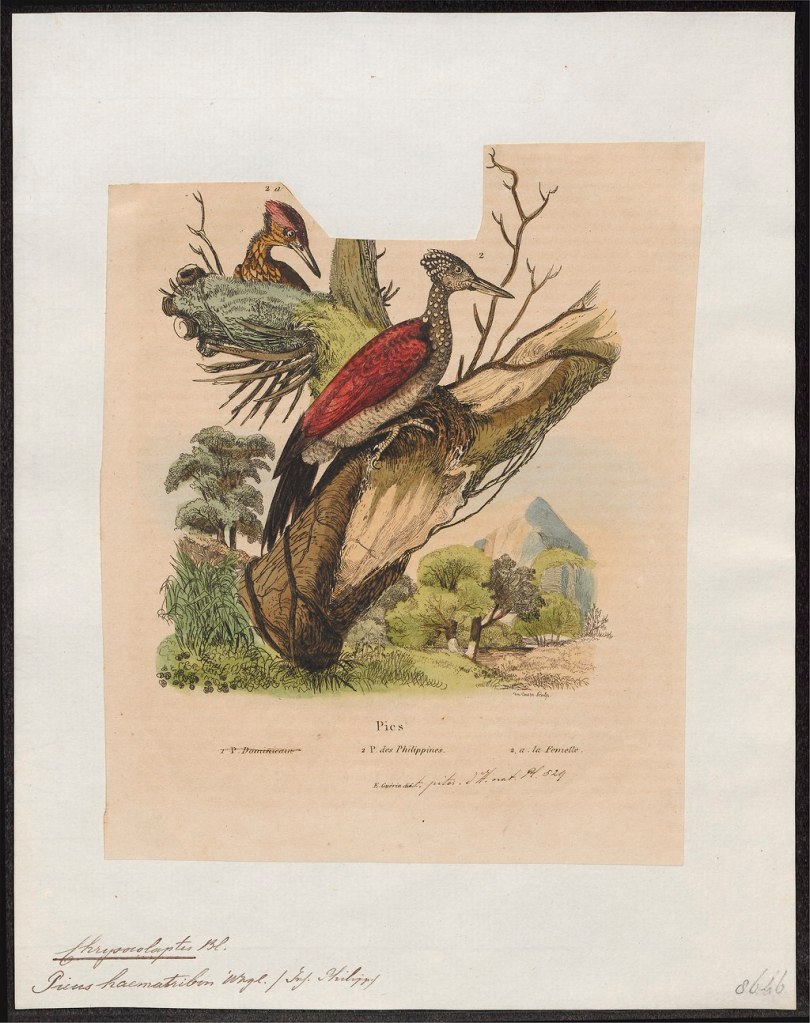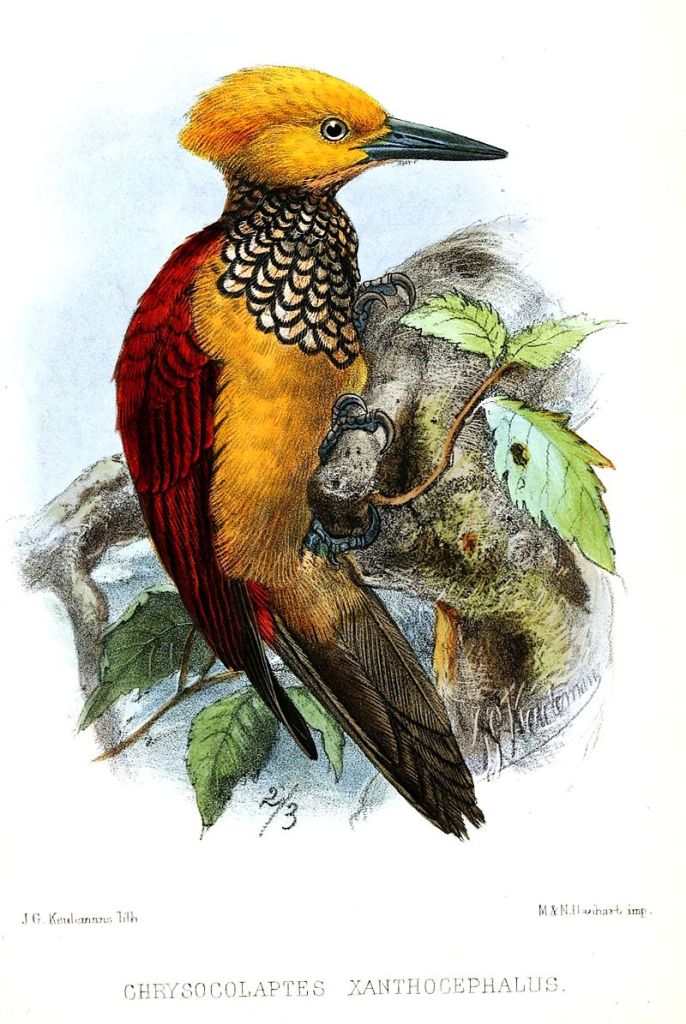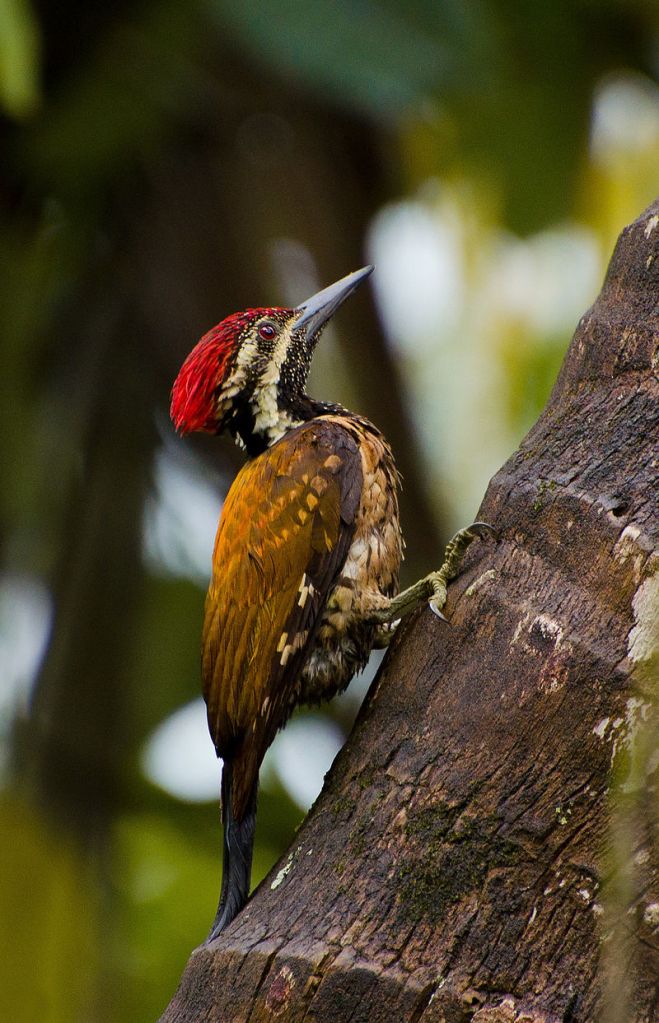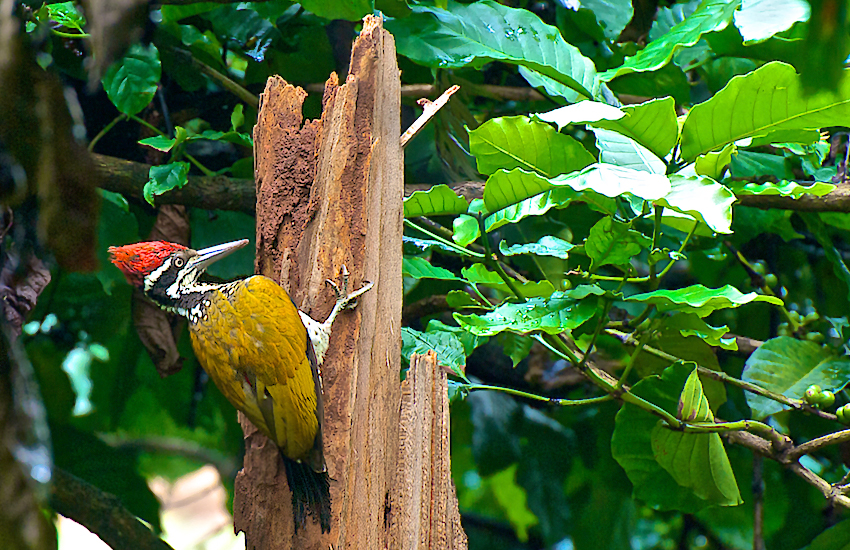In honor of the spectacular beauty of Creation, here are a few species of woodpecker commonly called Flamebacks, which are found in Southeast Asia and India.
Tag Archives: wildlife
The warriors and the gecko
Since the quarantine I’d begun exercising outdoors, in a shared space around the apartment building. It hosts a steady stream of adults exercising, but at tide-like intervals all the young children stream out of the apartments to play together. In particular there is a herd of five boys, the oldest on a bicycle, the next three on scooters, and the youngest running along on foot. Several carry plastic swords. The runner carries some sort of elaborate space weapon that is nearly as tall as he is. Their game is unclear, but involves running back and forth the full length of the space (a good 100 meters end to end, I’d think). They pause at each end, sometimes dropping their scooters and bike and plunking down cross-legged on the pavement to discuss some Very Important Subject. Most delightful are their encounters with wildlife.
One day the oldest came running up to me with his hands cupped. “Do you want a gecko?” he asked. I didn’t understand, but enthusiastically asked to see what he had. He opened his hands to reveal a very tiny and unmoving gecko, minus half of its tail. “Is it still alive?” I asked. “Well, yes, but it’s rather suffering,” he replied with a certain delicacy. “You see, we tried to pick it up by the tail, but it broke off. And then we picked it up regular-like, but I think it’s afraid and tired.” “It probably would like to rest in the woods,” I suggested. “Just let me show my mom, then you can put him in the woods,” he agreed. He dashed off, followed by the rest of the herd, shouting for his mother.
After a bit he and his friends came stampeding back and graciously handed over the traumatized gecko. I was about to set him on top of the wall along the woods, but the boy suggested that in the woods a snake might eat him. I agreed this was possible, and instead laid the creature under some branches in a large flower box where he would be shaded from the sun and out of sight of birds.
There is a certain awe these boys hold for the natural world that cuts through their shouting battles and sword-waving charges. In an instant they stop and stand fascinated, watching a lizard, a monkey, or a caterpillar.

That fascination and engagement reminded me of the wondrous quality my childhood play spaces had when I was that age. An overgrown lot at the end of a suburban street seemed as vast and engaging as a wild prairie. A small mound of dirt, abandoned after some unfinished construction project, offered a challenging ascent and high view. The branches regularly trimmed from the neighbor’s very tall hedge made a cozy lean-to that lasted until the next lawn-mowing day.
The memories of these places are vivid still, more than 45 years later, more so than many other memories. It’s a delight to watch these kids experiencing something similar.
Quirky birds
We’ve been feeding the birds here in Rio for a few years now. I do think the Saíras were the first and most entertaining visitors. They raise large broods, and each year the group has grown. The birds tend to eat occasionally when not nesting, more enthusiastically when sitting on eggs, and voraciously when feeding the nestlings. Then the nestlings begin joining their parents at the feeder, and eventually everyone wanders off on their seasonal migrations until the next season. It was in April this year that the Saíras appeared en masse. Some dozen of them landed on the railing all at once, after an absence of several months. They didn’t bother eating anything, but it was a joy that they remembered us.
Fledglings are really fun to watch. When they first leave the nest they aren’t very good at steering. They also don’t seem to recognize depth and texture. When they get in the house on occasion they tend to land on any horizontal line – the top of a door frame, the top of a picture frame. But they also try to fly through plain surfaces, such as white walls and doors. Within a day or two this problem passes and they gain agility and a better ability to recognize objects and surfaces. They also stop accidentally trying to fly through the glass around the veranda. When they are in the early stage of poor navigation they are also not very fearful, and can be caught by hand. By the time they are more agile they are also more timid. That said, comfort around people seems to vary by species. The Saíras have been less skittish than the parrots or toucans, which rarely come to the veranda and are hyper-vigilant while eating. The toucan, who landed only once, spent the entire time carefully looking in all directions for danger, and never got around to eating anything. The parrots have stopped to eat a few times, but always have one of the group on guard and will leave if there is any disturbance from us moving around in the apartment.
The newest guests are hummingbirds and bananaquits, which are fairly unafraid and having a great time with the new hummingbird feeder. The hummingbirds are a diverse bunch so far: there are a couple of large glossy black ones with forked tails; a couple of similar size with lavender heads, green bodies and blue tails (apparently called Swallow-tailed Hummingbirds); a smaller kind which is metallic blue; and the bananaquits, which look a bit like wrens with yellow bellies.
Back on the banana-papaya feeder the species list continues with green sanhaçus (tamer now after getting used to us, and winners of the best cheerful song competition), blue-gray sanhaçus, blue saíras (spectacular!), several kinds of large thrushes which specialize in making a big mess, now and then an annoyingly loud Bem-ti-vi (a kind of shrike, I think), and on rare occasion a pair of Violaceous Euphonias (the male has a breast of the most amazing golden sunflower yellow, and his back is so deeply purple it is nearly black). They started nesting in a flower-pot once, before realizing there was too much activity nearby for their comfort.
You really must browse the amazing palette of hummingbirds God made. They are incredible, like little flying jewels. Here is a list of species in South America.




